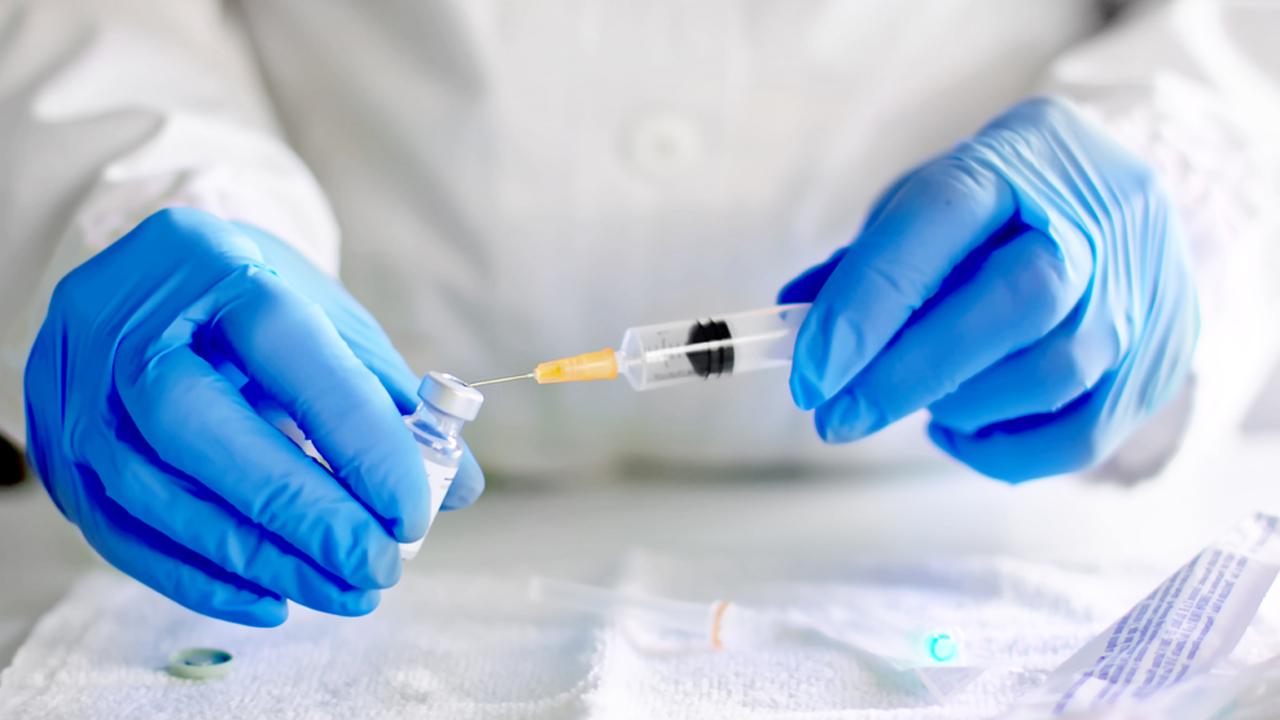

A safe, effective vaccine for COVID-19 can’t come soon enough. The pharmaceutical giant Pfizer made headlines over the weekend when it announced it has manufactured several hundred thousand doses of a potential vaccine. The company expects to send the finished product to the FDA for emergency use authorization by the third week of November.
The company hopes the vaccine will provide a sort of stopgap against a possible additional wave of the virus. Cases and hospitalizations are rising in several new hotspots across the U.S., including Colorado, Montana, Wisconsin, Iowa, and Utah. Europe is also struggling to contain recent outbreaks after lifting safety restrictions over the summer.
So, could we have a working vaccine by the end of November?
Ready and Waiting
Producing the world’s first COVID-19 vaccine is no easy feat. Dozens of drug makers have entered the race to produce a working vaccine, and Pfizer appears to be nearing the finish line, but there’s still more work to be done.
The news first broke when Pfizer’s U.K. production head Ben Osborn told the U.K.’s Daily Mail that the company hopes to submit the drug for review by the FDA by the third week of November. Osborne told reporters that the company is stockpiling hundreds of thousands of doses in a storage facility in Belgium so they can quickly distribute the drug to scale if it receives emergency use authorization from federal regulators, which means providers would be able to administer the drug on a limited basis. If approved, the company says it would start distributing the drug immediately.
Many drug manufacturers, including the U.S. government, have started producing doses of these drugs before they’ve been approved by regulators as a way of expediting the vaccination process.
For the employees working on the Pfizer factory floor, it was a tremendous feeling of accomplishment.
“It was great to see the first vial coming off the manufacturing line. It just brought a tremendous smile to my face to see all of this work actually result in a product,” Osborne recalled. However, he cautioned that “we can only go as fast as the science allows us to.”
If all goes well, Pfizer says it plans to produce around 100 million doses of the vaccine by the end of the year with the goal of manufacturing 1.2 billion doses in 2021. Every patient would need to receive two doses, according to the company.
In collaboration with the firm BioNTech, Pfizer also announced that it’s working on distributing 200 million potential doses to the European Union.
While Pfizer is touting its latest achievements, it’s not clear how effective the drug will be. When speaking with Osborne, the Daily Mail showed a video detailing the company’s manufacturing process, but it was later revealed that the drug being manufactured in the video wasn’t the COVID-19 vaccine, which left some in the industry scratching their heads.
Checking in on Other Candidates
Pfizer isn’t the only company in the race. Currently, the Trump Administration is hedging their bets on six possible vaccines as part of its Operation Warp Speed.
Many of these candidates will try to trick the body into thinking that it has been exposed to the virus, so the immune system can quickly fight off an infection if the person were to get infected.
The vaccines from Moderna and Pfizer use a snippet of the coronavirus’ genome to encourage antibody production, while those from AstraZeneca and Johnson & Johnson supposedly introduce a coronavirus gene to the body using a genetically engineered common-cold virus.
Any one of these companies could emerge as the winner of the race as we get closer to 2021. It’s also important to remember that we will likely have more than one working vaccine. Some may be more effective than others, while some may contain side effects that others don’t.
Johnson & Johnson halted its clinical trials last week after a participant came down with an unexplained illness, which is fairly common during the clinical trial phase. However, neither Johnson & Johnson nor the FDA have stated publicly what went wrong or where the trial goes from here. It’s not clear whether the patient in question fell ill after receiving the drug that’s being studied or a placebo drug.
Other firms and organizations like UNICEF recently announced they are stockpiling equipment and medical resources to administer a potential vaccine, including basic supplies like syringes.
Regardless of when these drugs get approved by the FDA, experts maintain that a working vaccine probably won’t be widely available until mid-2021. Some frontline workers may get a dose of one of these drugs by the end of the year, but don’t hold your breath.
When we discuss students, we always mention their qualities. Those qualities show what they are…
If you or someone you know is juggling mental health issues alongside substance abuse, understanding…
For the last couple of weeks, the Israel-Hamas conflict has taken over the news cycle.…
Our eyes are invaluable, serving as our windows to the world. The ability to see…
Undoubtedly, one of the most demanding and challenging professions is nursing. Nurses work long hours in…
Echocardiography, or echo for short, is a key diagnostic test used by cardiologists to assess…